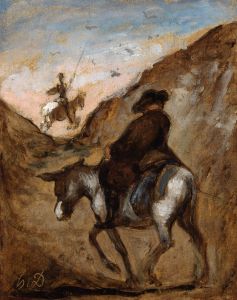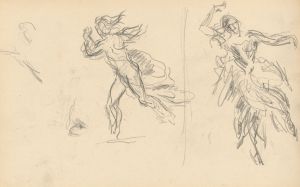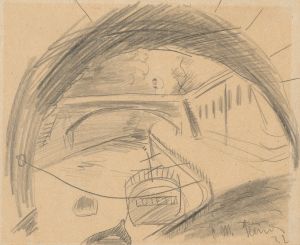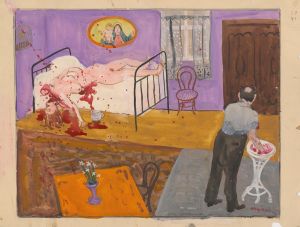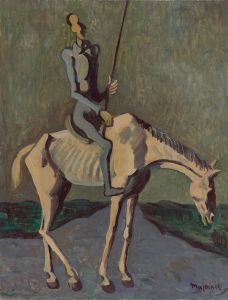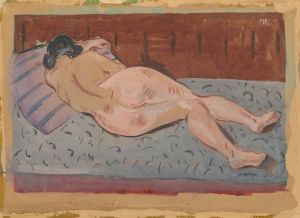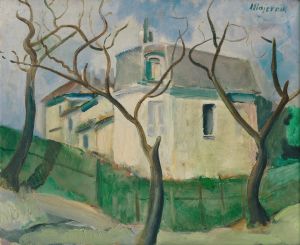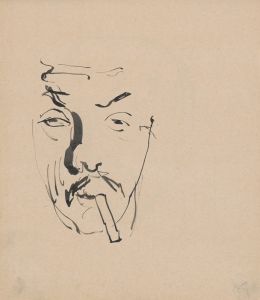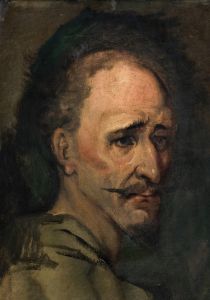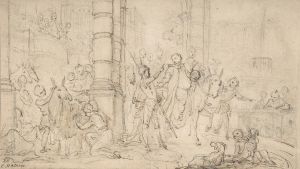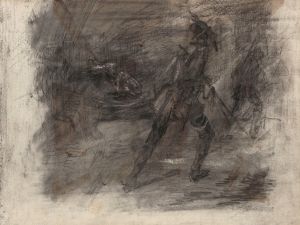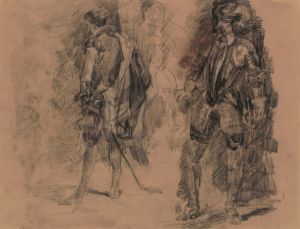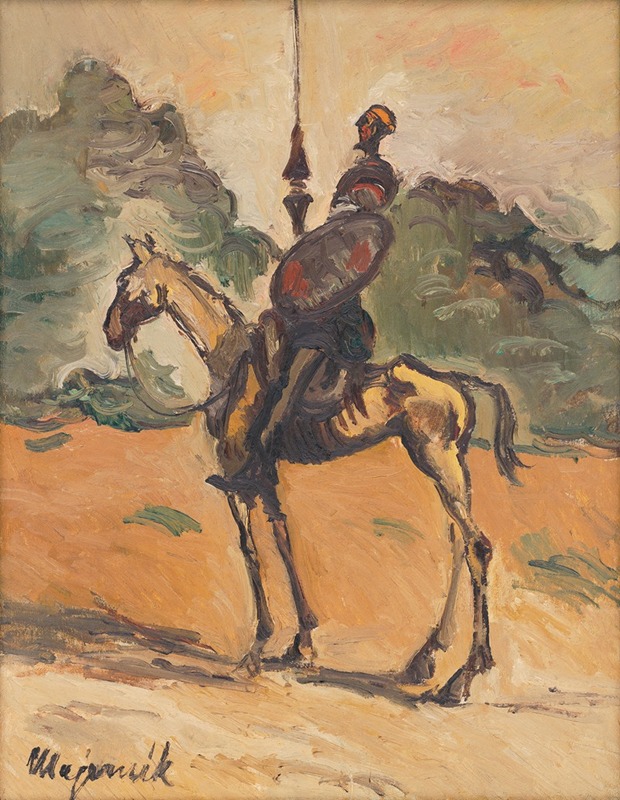
Don Quichotte
A hand-painted replica of Cyprián Majerník’s masterpiece Don Quichotte, meticulously crafted by professional artists to capture the true essence of the original. Each piece is created with museum-quality canvas and rare mineral pigments, carefully painted by experienced artists with delicate brushstrokes and rich, layered colors to perfectly recreate the texture of the original artwork. Unlike machine-printed reproductions, this hand-painted version brings the painting to life, infused with the artist’s emotions and skill in every stroke. Whether for personal collection or home decoration, it instantly elevates the artistic atmosphere of any space.
Cyprián Majerník was a Slovak painter known for his unique style and poignant themes, often reflecting the socio-political climate of his time. One of his notable works is "Don Quichotte," which captures the essence of the legendary literary character Don Quixote, originally created by Spanish author Miguel de Cervantes in the early 17th century. Majerník's interpretation of Don Quixote is a testament to his ability to blend literary inspiration with visual art, creating a piece that resonates with both historical and contemporary audiences.
Majerník was born in 1909 in Veľké Kostoľany, then part of the Austro-Hungarian Empire, and he later became a significant figure in Slovak art. He studied at the Academy of Fine Arts in Prague, where he was influenced by the prevailing artistic movements of the time, including Expressionism and Surrealism. These influences are evident in his work, including "Don Quichotte," where he employs a distinctive style characterized by emotional intensity and a dreamlike quality.
"Don Quichotte" by Majerník is a painting that delves into the themes of idealism and the struggle against adversity, much like Cervantes' original character. The painting portrays Don Quixote as a solitary figure, often depicted with his iconic lance and armor, set against a backdrop that suggests both the vastness and the desolation of his quest. Majerník's use of color and form conveys a sense of melancholy and determination, capturing the duality of Quixote's character as both a noble dreamer and a tragic figure.
The painting reflects the turbulent times during which Majerník lived, particularly the interwar period and the rise of totalitarian regimes in Europe. Through Don Quixote, Majerník explores the theme of the individual's fight against overwhelming odds, a narrative that resonated deeply during a time when personal and political freedoms were under threat. This context adds a layer of depth to the painting, as it not only represents a literary figure but also serves as an allegory for the artist's contemporary world.
Majerník's "Don Quichotte" is also notable for its technical execution. The artist's brushwork and composition demonstrate his mastery of the medium, with a focus on creating a mood that is both introspective and evocative. The painting's atmosphere is enhanced by Majerník's use of light and shadow, which adds to the emotional weight of the piece.
Cyprián Majerník's contribution to Slovak art is significant, and "Don Quichotte" stands as a prime example of his ability to convey complex themes through his work. The painting not only pays homage to a classic literary character but also serves as a reflection of the artist's own experiences and the broader historical context of his time. Through this work, Majerník invites viewers to contemplate the nature of idealism and the enduring human spirit in the face of adversity.





